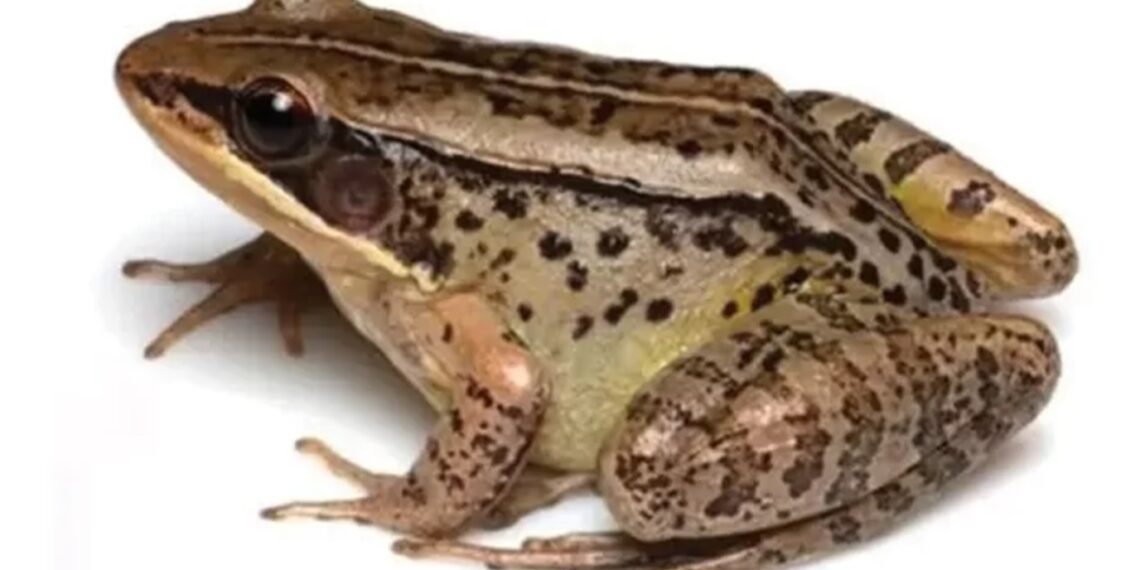ITANAGAR: Nestled within the captivating hills of Arunachal Pradesh lies a treasure trove of nature’s wonders, with the latest addition being the enchanting Noa-Dihing music frog.
Thriving in the pristine Namdapha-Kamlang region, this recently discovered amphibian species has earned its moniker, the “musical frog”, owing to its distinctive call.
Named after the serene Noa-Dihing River, the melodious notes of this newfound creature were discovered through a collaborative effort between biologists from the Wildlife Institute of India, Dehradun, and their counterparts at the University of Wolverhampton, UK, in association with the Arunachal Pradesh Forest Department.
The initial encounter with its captivating call occurred near Gandhigram, in close proximity to the Namdapha Tiger Reserve.
Standing out with its size reaching up to 6 cm, the Noa-Dihing music frog boasts a distinctive pale cream-colored line along its mid-body.
“We first heard the call from a marsh near the Noa-Dihing River, which is quite similar to wild duck species, like ‘quack… quack… quack’, which we had never heard before,” shared the team of biologists in a recent release.
Within the marshy habitat, male frog fashions circular pits, akin to private pools, from where they emit calls to attract their female counterparts. The intricacies of the species’ breeding, egg-laying, and any potential parental care behaviours remain subjects of ongoing exploration.
The discovery of the Noa-Dihing music frog in the vicinity of the Namdapha Tiger Reserve, one of Northeast’s largest protected areas, hints at the likelihood of uncovering additional populations within the reserve.
Conservation efforts are deemed imperative, particularly for the swampy habitats that this newfound species calls home.
This groundbreaking discovery marks the third consecutive identification of new amphibian species in the Namdapha Tiger Reserve this year.
Each of these discoveries has found a place in international peer-reviewed journals based in Germany, London, and New Zealand, underscoring the global significance of Arunachal Pradesh’s biodiversity.
“The addition of three new species of amphibians within one year underscores the biological richness of the region and emphasizes the need for further exploration in the hyper-diverse Namdapha-Kamlang landscape,” said the team of biologists, shedding light on the importance of continued research and preservation efforts in this ecologically diverse region.















